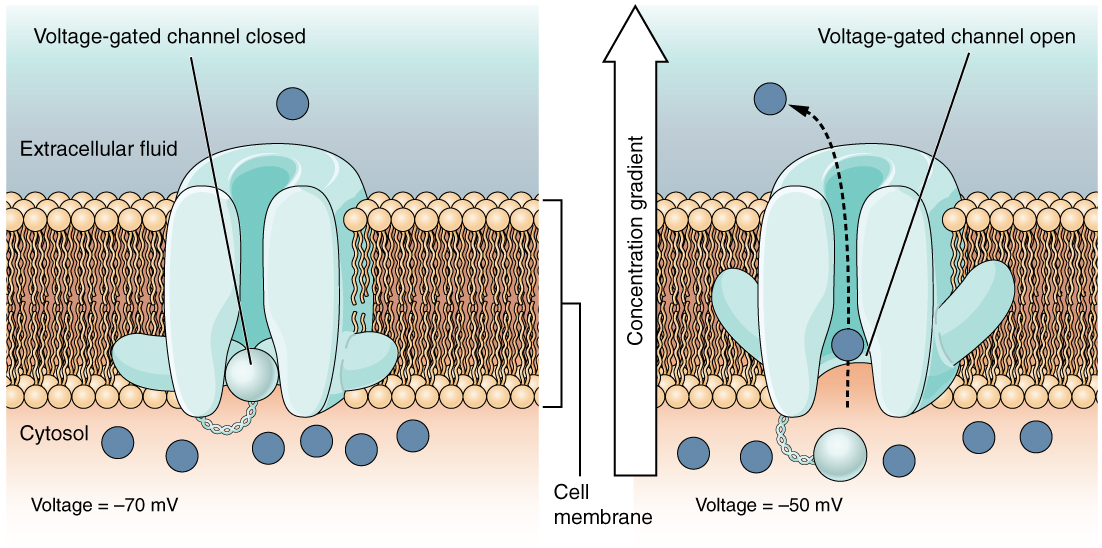Sandbox2qc8
From Proteopedia
(→Glutamine Synthetase: Secondary structures) |
|||
| Line 6: | Line 6: | ||
The β-strands are arranged into 5 <scene name='Sandbox2qc8/Pdb_defined_beta_strands/1'>beta sheets</scene>. In addition, there are 5 <scene name='Sandbox2qc8/Hairpins/1'>β-hairpins</scene> and 5 <scene name='Sandbox2qc8/Bulges/1'>β-bulges</scene>. <ref>European Bioinformatics Institute, Ligase(amide synthetase), http://www.ebi.ac.uk/thornton-srv/databases/cgi-bin/pdbsum/GetPage.pl?pdbcode=2gls, Accessed December 18, 2008.</ref> β-bulges are distortions in β-sheets resulting from the addition of an extra residue due to mutation. Their presence allows the proteins to conserve their structure by maintaining the hydrogen bond pattern.<ref name="wiley">Donald Voet, Judith G. Voet, Charlotte W. Pratt. Fundamentals of Biochemistry life at the molecular level. New Jersey: Wiley,2006.</ref> At the level of the backbone structure, these β-bulges can cause a simple aneurysm of the β-sheet. Furthermore, each β-bulge can cause a β-sheet to fold over and cross itself.<br> | The β-strands are arranged into 5 <scene name='Sandbox2qc8/Pdb_defined_beta_strands/1'>beta sheets</scene>. In addition, there are 5 <scene name='Sandbox2qc8/Hairpins/1'>β-hairpins</scene> and 5 <scene name='Sandbox2qc8/Bulges/1'>β-bulges</scene>. <ref>European Bioinformatics Institute, Ligase(amide synthetase), http://www.ebi.ac.uk/thornton-srv/databases/cgi-bin/pdbsum/GetPage.pl?pdbcode=2gls, Accessed December 18, 2008.</ref> β-bulges are distortions in β-sheets resulting from the addition of an extra residue due to mutation. Their presence allows the proteins to conserve their structure by maintaining the hydrogen bond pattern.<ref name="wiley">Donald Voet, Judith G. Voet, Charlotte W. Pratt. Fundamentals of Biochemistry life at the molecular level. New Jersey: Wiley,2006.</ref> At the level of the backbone structure, these β-bulges can cause a simple aneurysm of the β-sheet. Furthermore, each β-bulge can cause a β-sheet to fold over and cross itself.<br> | ||
| - | Within each subunit there are 46 β-turns. These β-turns join secondary structures such as β-sheets and alpha helices when they need to abruptly change directions and usually occur at the protein surface.<ref name="wiley"/> | + | Within each subunit there are 46 β-turns. These β-turns join secondary structures such as β-sheets and alpha helices when they need to abruptly change directions and usually occur at the protein surface.<ref name="wiley"/><br> |
| - | + | ||
| - | β-loops protrude into the <scene name='Sandbox2qc8/12_loops_of_center/1'>aqueous central channel</scene>, allowing for additional quaternary stability. <br> | + | In addition, β-loops protrude into the <scene name='Sandbox2qc8/12_loops_of_center/1'>aqueous central channel</scene>, allowing for additional quaternary stability. <br> |
Revision as of 03:47, 20 December 2008
Glutamine Synthetase: Secondary structures
Glutamine synthetase is composed of 12 . Each subunit is composed of 15 and . Each subunit binds 2 Mn for a total of per Glutamine Synthetase.
The β-strands are arranged into 5 . In addition, there are 5 and 5 . [1] β-bulges are distortions in β-sheets resulting from the addition of an extra residue due to mutation. Their presence allows the proteins to conserve their structure by maintaining the hydrogen bond pattern.[2] At the level of the backbone structure, these β-bulges can cause a simple aneurysm of the β-sheet. Furthermore, each β-bulge can cause a β-sheet to fold over and cross itself.
Within each subunit there are 46 β-turns. These β-turns join secondary structures such as β-sheets and alpha helices when they need to abruptly change directions and usually occur at the protein surface.[2]
In addition, β-loops protrude into the , allowing for additional quaternary stability.
Each subunit has an exposed NH2 terminus and buried COOH terminus as part of a , colored in red. The helical thong is used as an anchor inside another subunit. [3]
The active site within the secondary structure can be called a "bifunnel," providing access to ATP and glutamate at opposing ends.[4]
The only ligand present is a pair of Mn ions (Manganese) that indicates the active site of each subunit of the dodecamer.
Glutamine synthetase contains the .
References
- ↑ European Bioinformatics Institute, Ligase(amide synthetase), http://www.ebi.ac.uk/thornton-srv/databases/cgi-bin/pdbsum/GetPage.pl?pdbcode=2gls, Accessed December 18, 2008.
- ↑ 2.0 2.1 Donald Voet, Judith G. Voet, Charlotte W. Pratt. Fundamentals of Biochemistry life at the molecular level. New Jersey: Wiley,2006.
- ↑ Yamashita, M., et al.,Refined Atomic Model of Glutamine Synthetase at 3.5A Resolution, The Journal of Biological Chemistry, 1989, 17681-17690.
- ↑ Eisenberg, D., et al., Structure-function relationships of glutamine synthetases, Biochimica et Biophysica Acta 1477 (2000), 122-145.


